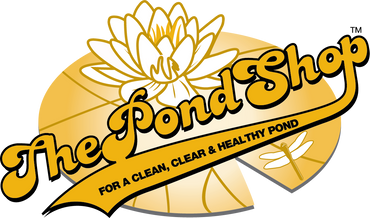Grandma’s salty chicken soup helped you get over your cold. Gargling with salt water cures your sore throat. Salt sprays clear up your sinus infection. So why not use the healing power of salt as a therapeutic for your pond? Salt can be used many ways, and in both tanks and large ponds. Its benefits include reducing fish stress, reducing nitrites, and treating pond parasites.
Some Tips about Salt:
• Caution: Whenever used, salt should be dissolved in a bucket of pond water, and not added directly – undissolved salt can irritate fish gills and lead to injury or death
• Iodized salt should never be used, as iodine is toxic to fish.
• Be careful when adding any kind of salt to an aquatic tank, as it can have detrimental effect on plant life
• Before adding salt to a tank, make sure to remove all zeolite products
• After using a salt treatment, test the water for ammonia spikes with Microbe-Lift Ammonia Test Strips, as fish tend to excrete high levels of ammonia after exposure to salt.
• Dosing:
o Small tank: ½ cup of salt per 10 gallons of pond water
o Large tank: 5 cups of salt per 100 gallons of pond water
o Stress reduction: 2 and 1/2 cups per 100 gallons of pond water
• As a topical treatment for sick fish:
o Mix salt with tank water until it reaches a thick paste consistency
o Use a new basting brush to apply to affected areas such as excessive slime or reddened spots on the head, back, or underbelly
o Take caution applying around the eyes and gills
o Dispose of or sterilize the basting brush when finished to avoid cross-contamination
• Salt does not evaporate from tanks and must be removed by water changes.
Remember this and you’ll always be a step closer to a healthy, happy pond with healthy, happy fish.

